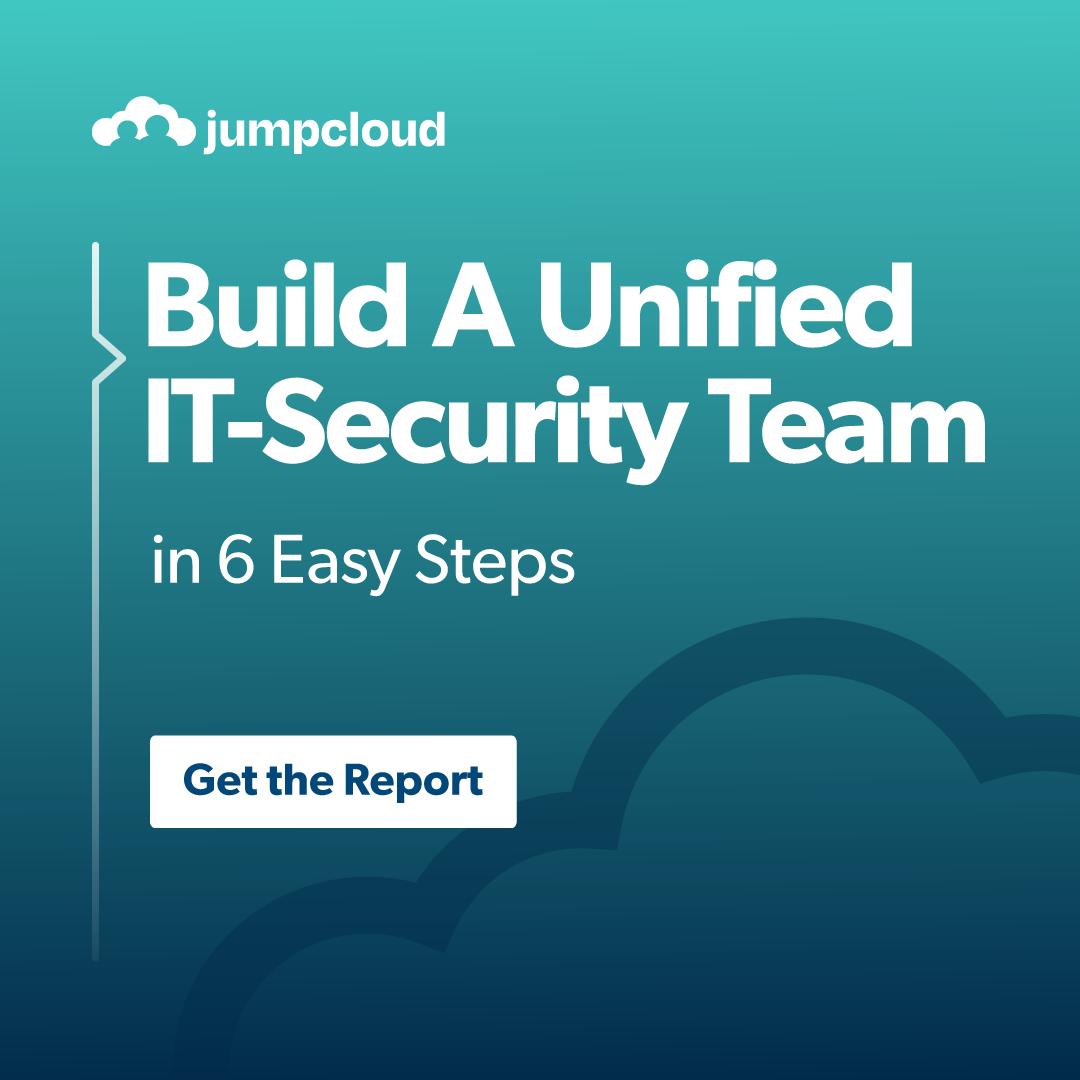Every startup founder and IT pro has wondered, “Can we manage SOC 2 compliance ourselves?” It makes sense. You could save on consulting fees and maintain control over your security program. However, the reality is clear: while you can prepare for a SOC 2 audit on your own, a third-party auditor must conduct the final assessment. This is non-negotiable.
This guide outlines what you can do yourself and what requires expert help. By the end, you’ll have a clear roadmap to maximize your DIY efforts and know where to invest in professional assistance.
The main point? You can prepare for an audit, but you cannot audit yourself. Let’s explore how to balance both strategies.
The SOC 2 Process: What You Can Do Yourself
The preparation phase is where you’ll do the hard work—and save money. Here’s a step-by-step guide to DIY SOC 2 readiness.
1. Conduct Your Own Gap Analysis
Start with a SOC 2 self-assessment. Compare your current security posture against the five Trust Services Criteria: Security, Availability, Processing Integrity, Confidentiality, and Privacy.
Create a simple spreadsheet listing each criterion and its subcategories. Document your existing controls and identify gaps. This analysis will guide your next steps.
Most organizations find they’re closer to compliance than expected. The real effort lies in documentation and evidence collection, not necessarily in implementing entirely new systems.
2. Write Your Security Policies
You can create your own security policies. Focus on these key documents first:
- Incident Response Plan: Describe how you detect, respond to, and recover from security incidents.
- Access Control Policy: Define who gets access to which systems and how access is managed.
- Change Management Process: Establish formal procedures for system changes.
- Vendor Management Policy: Outline how you evaluate and monitor third-party vendors.
- Data Retention and Disposal Policy: Specify how long you keep data and how you securely dispose of it.
Templates are available online, but customize them to reflect your actual practices. Auditors can spot generic policies quickly.
3. Implement Technical and Operational Controls
This part is time-consuming but manageable with your existing team:
- Set up Multi-Factor Authentication (MFA) across all critical systems. This control meets multiple SOC 2 requirements and strengthens your security.
- Centralize logging and monitoring. Use tools to gather logs from all systems. Ensure you actively monitor these logs.
- Automate vulnerability scanning. Use tools to regularly assess your systems. Document the scan results and remediation efforts.
- Implement backup and recovery procedures. Regularly test your backups and document the results. A backup that fails is worse than no backup.
4. Collect Evidence Proactively
Gather evidence of your controls operating effectively before your audit. This includes:
- Change logs from your change management process
- Access review reports showing regular permission checks
- Training records proving your team receives security awareness training
- Incident response documentation detailing how you manage security events
- Vendor assessment reports confirming your third-party risk management
Stay organized. Create folders for each Trust Services Criterion and file evidence as you produce it.
The SOC 2 Process: What You Can’t Do Yourself
Understanding these limits is key to setting realistic expectations for the cost and timeline of a SOC 2 audit.
The Audit Itself
A SOC 2 report is an official statement from an independent third-party auditor. You cannot self-certify. This validation is crucial for trust with your customers.
Issuing the Report
Only a licensed CPA firm can issue a SOC 2 report. You can’t create the document yourself and claim it’s valid. The CPA firm’s reputation gives the report its credibility.
Creating your own “SOC 2-style” report might satisfy some customer requests temporarily, but it won’t hold up under scrutiny from informed buyers.
Expert Guidance and Scope Definition
While you can prepare on your own, professional auditors offer valuable guidance on scoping your audit. They can spot blind spots and ensure your documentation meets standards.
A common mistake is over- or under-scoping your audit. Professional help helps you find the right balance that meets customer needs without unnecessary complexity.
The DIY Approach: A Realistic Plan
Success in DIY SOC 2 compliance needs the right mindset and systematic approach.
Adopt a “Prepare to Be Audited” Mindset
Treat your internal efforts as a serious pre-audit. Don’t cut corners just because no one is watching. The habits you form now will benefit you during the actual audit.
Document everything as if an auditor is present. This discipline ensures you’re building sustainable processes, not just checking boxes.
Build Your SOC 2 Readiness Kit
Create a folder structure organized by Trust Services Criteria. Include:
- All policies and procedures
- Evidence of control implementation
- Regular control testing results
- Training documentation and records
- Incident response logs and resolution documentation
- Vendor management assessments
This organized approach makes the eventual audit smoother and shows your commitment to the process.
Plan for Professional Partnership
After your prep work, engage a CPA firm for the audit. View this as the final step in your DIY journey, not a failure.
Your thorough preparation will ease the auditor’s work, leading to a quicker, more affordable audit. Many firms offer reduced rates for clients who are well-prepared.
Maximize Your Investment: DIY Preparation, Professional Validation
The best way to achieve SOC 2 compliance combines extensive DIY preparation with professional audit services. You take care of policy creation, control implementation, and evidence collection. The auditor provides the final validation your customers need.
This hybrid approach often cuts audit costs by 30-50% compared to full-service consulting. More importantly, it builds your knowledge of your security program—knowledge that pays off long after the audit.
By taking ownership of your SOC 2 readiness, you’re not just saving money. You’re building expertise that makes future audits easier and your organization more secure. The auditor becomes a trusted partner validating your work, rather than someone doing the work for you.






